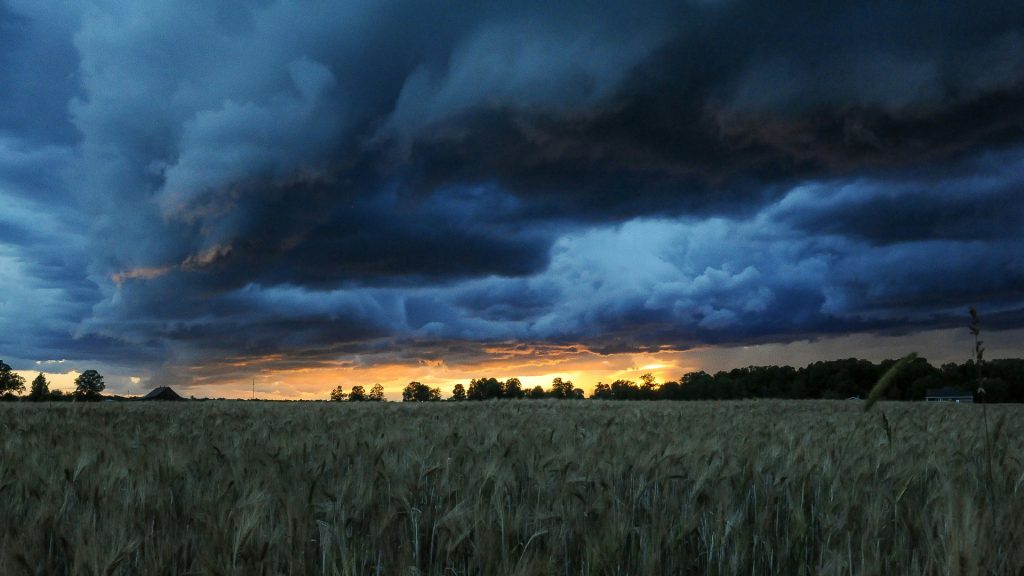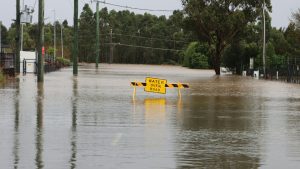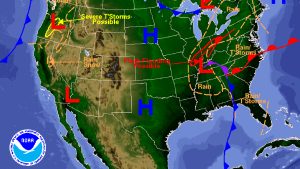Why Clouds Matter
Clouds do more than paint the sky — they offer valuable clues about current and future weather conditions. By learning to recognize different types of clouds, you can often predict if clear skies or storms are ahead.
The Four Main Cloud Categories
Meteorologists group clouds by altitude and appearance into four basic types:
1. Cirrus Clouds (High-Level)
- Appearance: Thin, wispy, and white
- Altitude: Above 20,000 feet
- Weather Signal: Fair weather now, but may indicate a warm front or changing weather within 24–48 hours.
2. Cumulus Clouds (Low-Level)
- Appearance: Fluffy, white cotton-like puffs with flat bases
- Altitude: Below 6,500 feet
- Weather Signal: Generally fair weather. When they grow taller, they can turn into cumulonimbus clouds (storm clouds).
3. Stratus Clouds (Low-Level)
- Appearance: Gray, flat, and cover the entire sky like a blanket
- Altitude: Up to 6,500 feet
- Weather Signal: Overcast skies with potential for drizzle or light rain.
4. Nimbus Clouds (Rain Clouds)
- Appearance: Thick and dark, often associated with precipitation
- Special Note: The term nimbus is often used in combination with other cloud types, like nimbostratus or cumulonimbus, to indicate rain- or storm-producing clouds.
Cloud Hybrids and What They Mean
- Cumulonimbus: Towering, anvil-shaped clouds that often produce thunderstorms, lightning, hail, and even tornadoes.
- Nimbostratus: Dark, widespread cloud layers that produce steady rain or snow.
- Altostratus & Altocumulus: Mid-level clouds that can signal upcoming weather changes, especially in advance of a storm system.
Predicting Weather from the Sky
You can often make simple forecasts just by observing the clouds:
- Thin cirrus followed by altostratus: A warm front is approaching; rain likely in 12–24 hours.
- Cumulus growing vertically: Thunderstorms may develop.
- Stratus clouds lingering: Expect overcast skies and light rain.
Fun Fact: Clouds and Climate
Clouds play a major role in Earth’s energy balance. They reflect sunlight during the day, helping cool the surface, and trap heat at night like a blanket. High clouds tend to warm, while low clouds tend to cool the planet.
Conclusion
Clouds are more than scenery—they’re nature’s way of sending weather signals. By understanding cloud types, anyone can become more weather-aware, whether you’re a casual sky-watcher or a dedicated storm chaser.




